SAY ANYTHING… (1989)
A noble underachiever and a beautiful valedictorian fall in love the summer before she goes off to college.
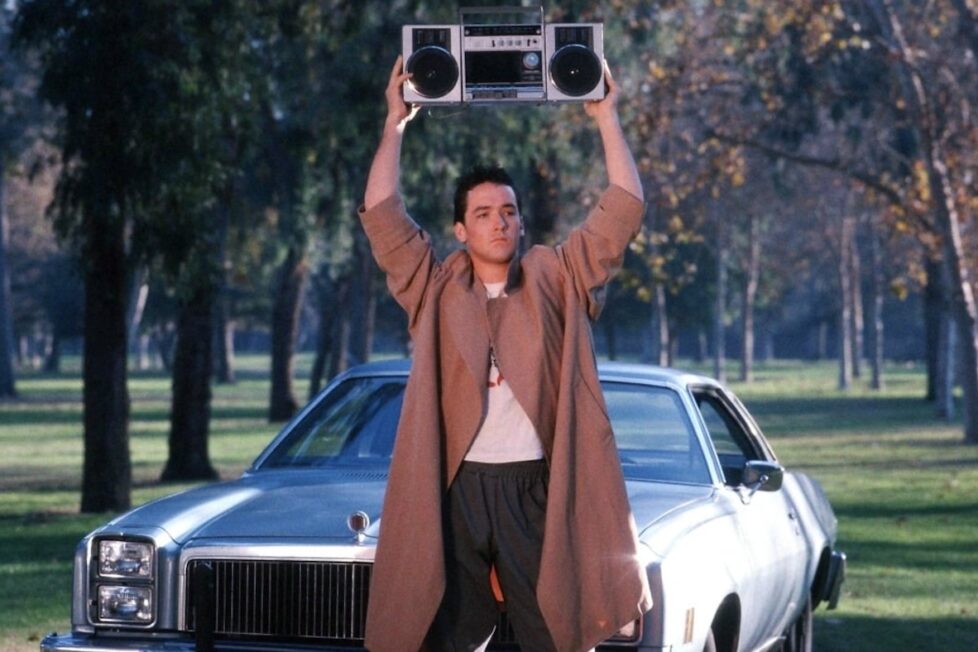
A noble underachiever and a beautiful valedictorian fall in love the summer before she goes off to college.


Many images from 1980s films have become ingrained in popular culture. In The Breakfast Club (1985), it’s Judd Nelson’s fist thrusting skyward, a gesture of defiance and celebration of newfound love. A year later, in Ferris Bueller’s Day Off (1986), the museum sequence, the parade, and the Ferrari all became iconic. And in the small, independent film Say Anything…, it’s the image of a man holding a boombox, blasting Peter Gabriel’s music.
As high school draws to a close and students prepare to head off and explore the world, Lloyd Dobler (John Cusack) realises he’s hopelessly in love with the academically gifted Diane Court (Ione Skye). However, if he’s ever going to make Diane his girlfriend, he’ll need to act fast: she’s been awarded a scholarship to study abroad, and summer is rapidly drawing to a close…
Though Cameron Crowe’s debut feature left an indelible mark on popular culture with Cusack’s loud, wordless declaration of devotion through a stereo, it offers little else. There’s not much of note that happens in Say Anything… The plot is confused and messy, there’s little character development, and the tone is hopelessly saccharine. While the ending is sweet, it feels unresolved because there wasn’t much happening in the first place.
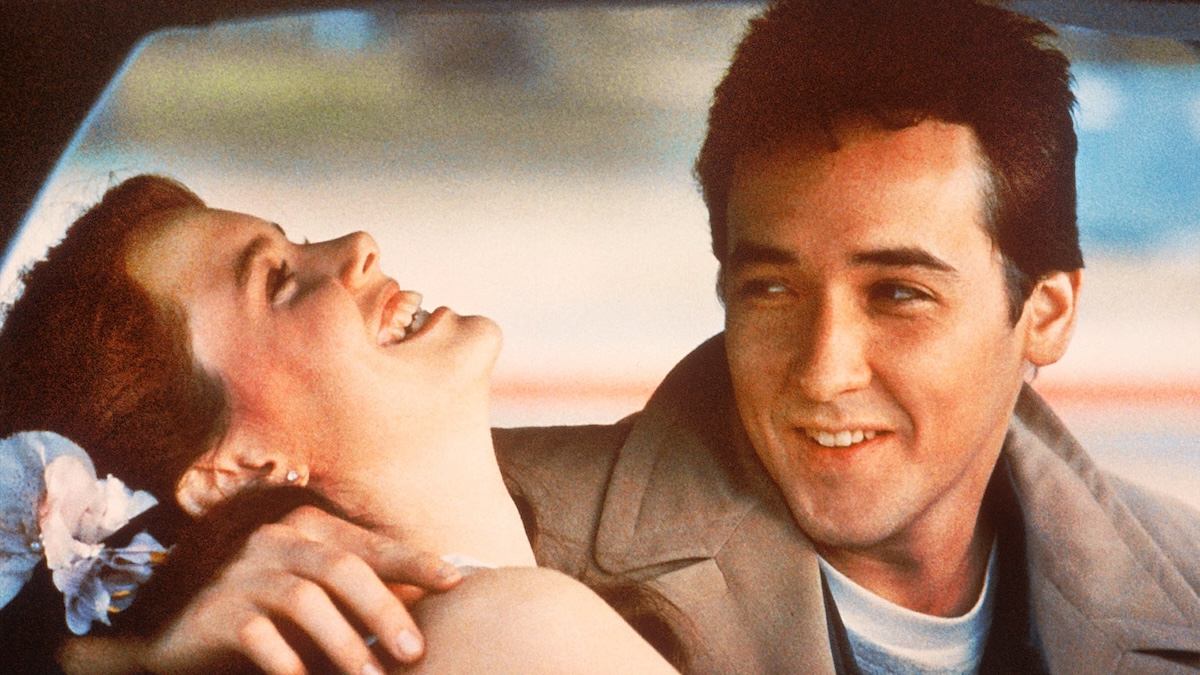
The first time I saw this film, I was very young. I didn’t understand everything that was going on in the plot. However, I now realise this was more a result of the tonally jarring juxtaposition of storylines. Lloyd and Diane love each other, but Diane must go to college, but she does love Lloyd, and the IRS is closing in on her father’s embezzlement scheme. Wait, what was that last part?
Why anyone thought that this plotline had a place in this film is beyond comprehension for me. This thread is so completely extraneous to the love story that it feels as if they have included snippets from another film. John Mahoney’s performance as the emotionally available father with a penchant for taking advantage of the elderly verges on comical at times. Though his bulging, panicked eyes do elicit a chuckle for the sheer melodrama, I can’t blame his performance; the writing is to blame here.
Let’s talk about the writing itself. There’s simply no plot device to keep the story moving forward. This wouldn’t be an issue if the characters felt well-developed, but they don’t. There is one moment where Dobler shows some semblance of character development: at a dinner table, he praises Diane’s relationship with her father, lamenting the sad lack of parental figures in his own life. But then, naturally, he turns around and fixates on the large jukebox in the corner, thereby setting up the pointless embezzlement plotline in the process.
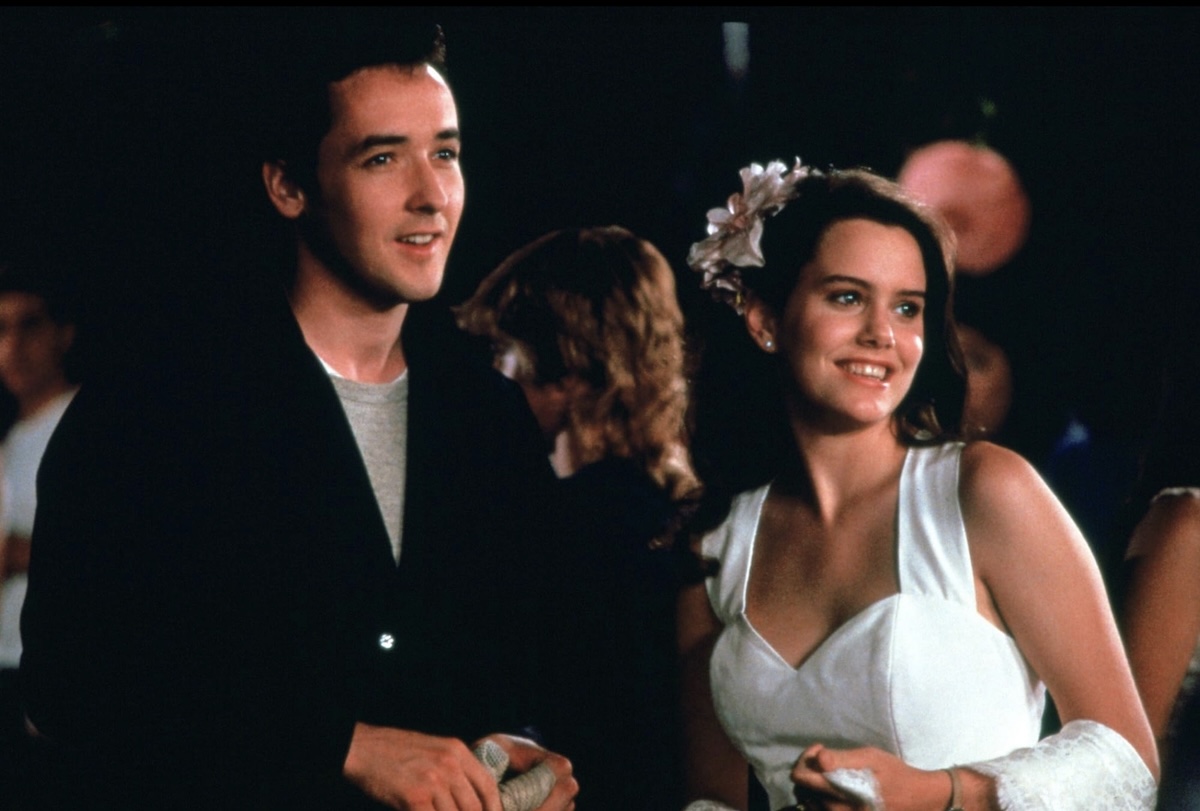
One of my biggest problems with the film is that there’s simply no conflict in the story. The only situational conflict arises from a subplot that shouldn’t be there—Jim’s (John Mahoney) scam. The rest is all brooding, internal turmoil. While it’s true that this is a struggle in its own right, it’s a mistake to conflate internal conflict with external obstacles. Typically, the former is reserved for the format of a novel, while the latter finds its home in cinema.
Of course, any good story can combine the two into a single, seamless narrative arc: a character overcomes their inner struggles by sublimating their problems into an external goal, often learning something about themselves in the process. A great film will achieve this without you even realising it. And no, the fact that it’s a high-school film made for teenagers is not an excuse for it to be of inferior quality.
Let’s consider two recent high school films that exemplify this trope: Superbad (2007) and Booksmart (2019). Though practically identical narratives, both explore the same desperate attempt to find love before summer ends, driven by an infatuation with someone seemingly out of reach. However, the action in both films is condensed into a single night, giving the protagonists a clear objective. Through their misadventures, they discover what’s truly important in their lives.
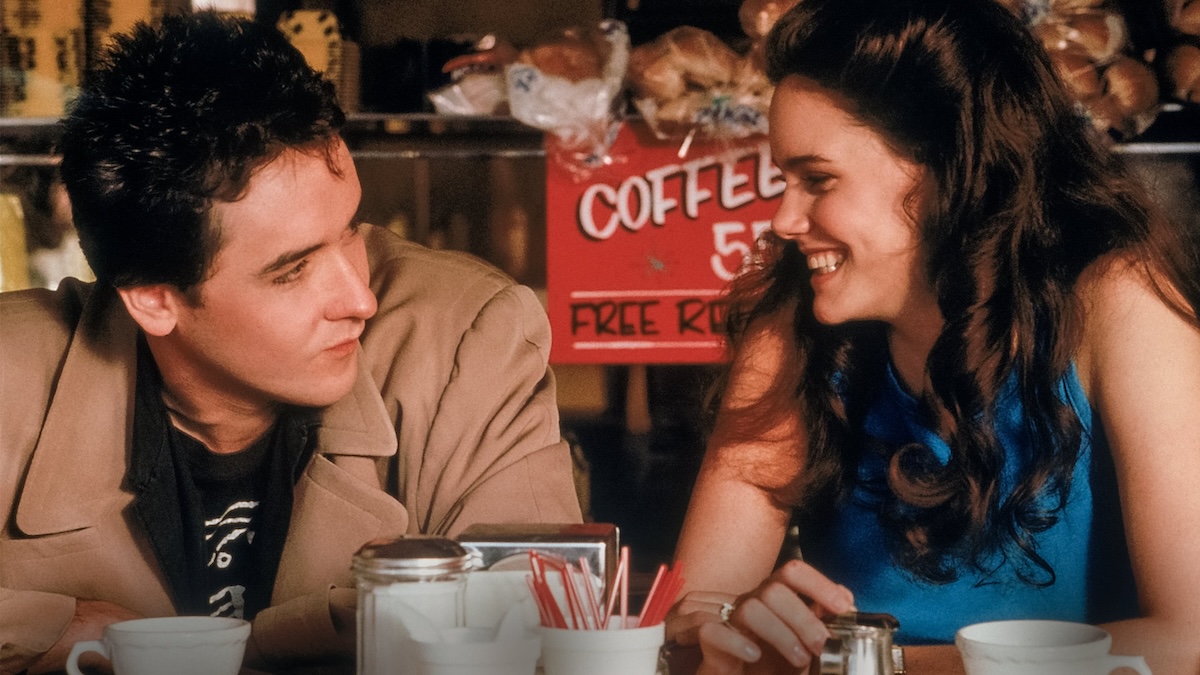
In stark contrast, Say Anything… features a meandering plot, with what appears to be an arbitrarily arranged sequence of scenes. It’s true, however, that teenage romance dramas often have little in the way of plot, choosing instead to focus more on character development. I fully support this approach; this is a period of one’s life often characterised by inaction, angst, and lethargy, so it makes sense that the narrative would mirror this listlessness.
However, there tends to be some form of conflict that helps to reveal a character’s development. For example, consider The Graduate (1967). While it may not have a plot in the strictest sense, there is certainly a situation that Benjamin Braddock (Dustin Hoffman) is forced to navigate. Similarly, American Graffiti (1973) isn’t a particularly plot-driven film, but events still unfold and the characters are forced to make choices that define their growth.
In Say Anything… we don’t get that. Instead, we’re presented with a long sequence of John Cusack whispering melancholic prose into a tape recorder accompanied by melodramatic music. And then, without any need for him to change or adapt to his break-up with Diane, they simply decide to get back together again.
The sheer number of films that tackle teenage angst is monumental. Facing the world is difficult at any age, so it’s an evergreen topic that will always be worth exploring. In addition to the films I’ve already mentioned, there’s also the iconic Rebel Without a Cause (1955), alongside more playful films like Rushmore (1998), Dazed and Confused (1993), and Election (1999).

On occasion, these films contain moments where a character makes a terribly puerile declaration of independence and autonomy. In Richard Linklater’s Dazed and Confused, a central character challenges authority by refusing to sign a pledge stating they won’t take drugs if they play on the football team. This feels like the kind of statement an angry teenager might make, but it doesn’t come across as bold, brave, or poignant in any way. Instead, it feels rather impulsive.
Say Anything… has a similar problem. Lloyd defiantly tells Diane’s father that his life goal is to be Diane’s boyfriend. As a result, these moments feel as though they were written not only for consumption by teenage audiences but by teenagers themselves, with simplistic solutions being endorsed with a kind of stubborn petulance. This woeful lack of self-awareness about the difficulties presented by real-life struggles (which the film hints at at the beginning of the story but then neglects to mention again) prevents the movie from ever becoming truly serious.
In this respect, the ending of Say Anything… can be directly compared with Richard Linklater’s sublime Before Sunrise (1995). Both films feature romances defined by their transient, finite nature. Both stories also depict lovers destined to suffer an imminent separation. However, whereas Linklater concludes with a bittersweet, realistic finale at the train station, Cameron Crowe opts for a less credible resolution. While some may find Crowe’s ending charming, I felt cheated out of the opportunity to witness the characters learn and grow from the experience.
The most damning aspect of Crowe’s debut feature is that it’s simply uninteresting. The characters don’t develop in any meaningful way. There’s zero situational conflict, and the plot features strands that should have been snipped out very early on in the script’s development. It does have an iconic scene with a lovestruck boy holding a boombox over his head—but that’s about it.
USA | 1989 | 100 MINUTES | 1.85:1 | COLOUR| ENGLISH

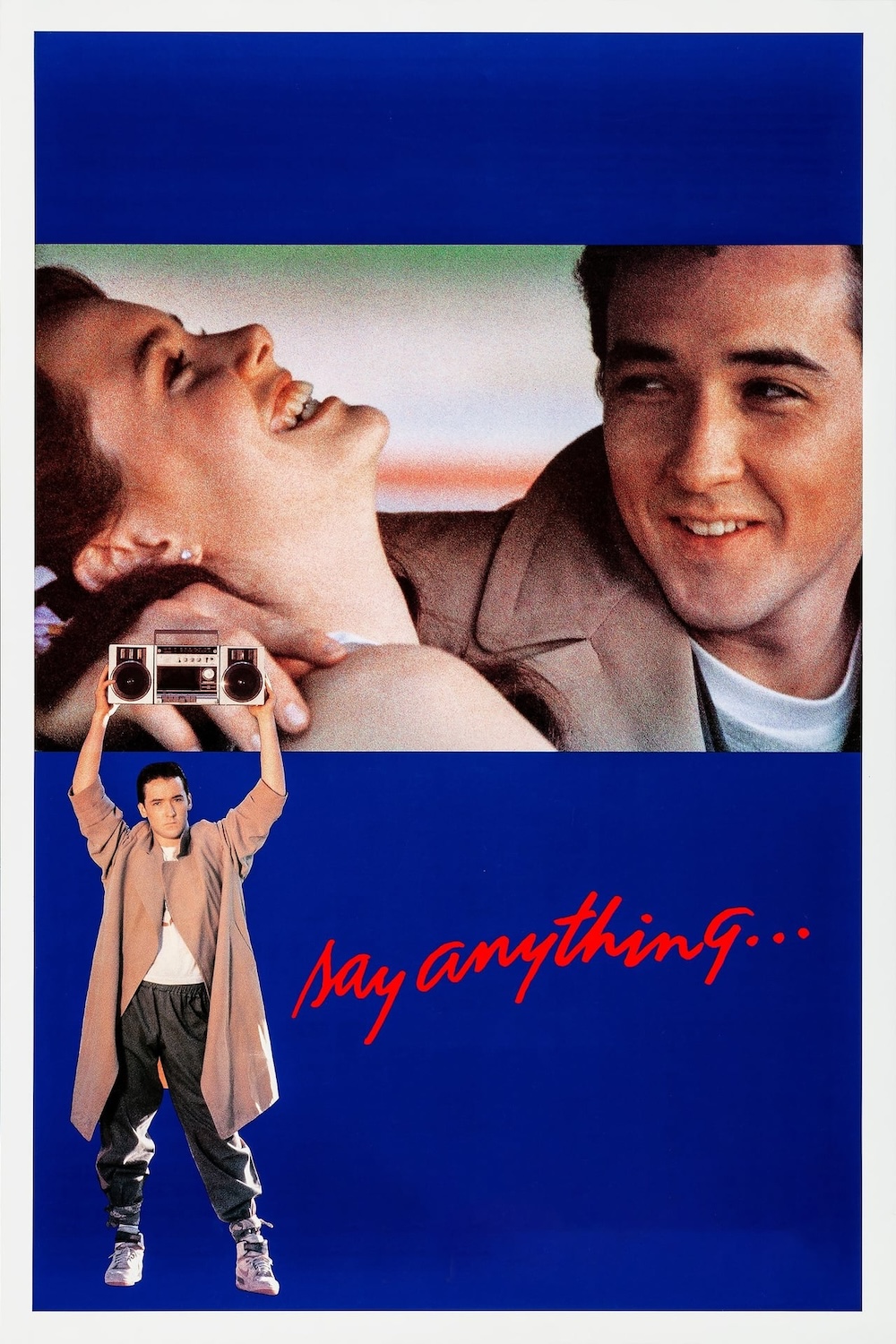
writer & director: Cameron Crowe.
starring: John Cusack, Ione Skye, John Mahoney, Lili Taylor, Amy Brooks, Pamela Adlon, Jason Gould & Loren Dean.
